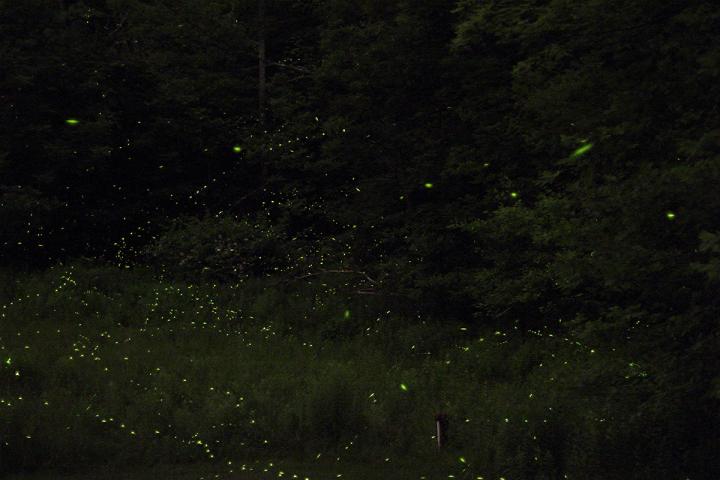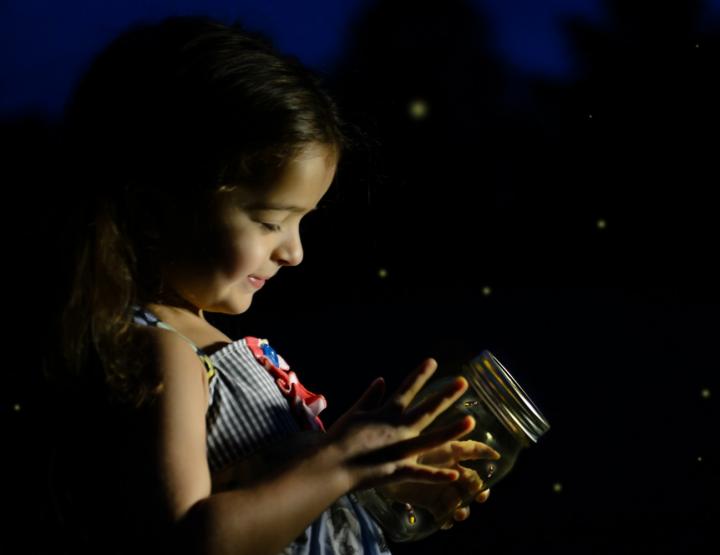Primary Image

Photo Credit
Witsalun/Shutterstock
Firefly Facts and How to Attract Them
More Like This
We live in Southeastern Michigan with plenty of fireflies in the garden each year. They always seem to make their biggest show, appropriately enough, right around the 4th of July. My mom would tell us to gently catch one in your hands, make a wish, then set it free.
such a lovely idea + the fire fly doesn’t get hurt 😊
I love fireflies!!
Very fascinating facts, they r the useful insects, encourage to protect them - not use pesticides in your yard
My husband and I were enjoying the low humidity one evening on our patio and were fortunate to witness many fireflies that particular evening!
This is our first summer living on the river. We are so blessed every night to have a firefly show. My husband and I set out side and watch the show and thank our God for the blessings of nature.
We have a small creek that runs through the back of our property here in the Deep South of Georgia. The lightning bugs are usually plentiful back there during the summer months. It’s a wonderful sight to see. Unfortunately the mosquitoes also love the wet ground. They are horrendous!
One interesting thing I've found about fireflies is they always crawl up when you catch them. So you can put them in a jar and turn it upsidedown and they will crawl up to the bottom of it. You can put them in an open style cricket bucket and they won't get out until you lift the center portion. Neat creatures.
When we were kids, we spent summers with our paternal grandparents on their farm in southeastern VA. One year all the cousins were there together and we decided to see who could catch the most fireflies. We each caught a passel and hid the jars until bedtime at which point we released them... IN the house! My grandmother slept on the sofa at that time to be near my great-granny's room which was downstairs. Granny was quite ill and needed frequent attention day and night which she wanted only from Grandma. In the middle of the night, Granny woke and called out and Grandma woke too, to see hundreds of spots before her eyes. She thought she was having a stroke or had some severe eye problem, so she yelled and woke up my mom and aunts who came running. It took my mother about two seconds to realize what we had done, so they woke us all up, and at 1 AM we were collecting fireflies from the walls, drapes, etc. This meant we had to turn the lights on because they stop blinking when it gets really late. Needless to say we didn't get them all that night, but most got caught in a couple of days and returned to the out-of-doors. And we NEVER held a firefly catching contest again.
We named our land Fire Fly Woods the the nightly show we watch from mid June Thur early July. I have never seen as many as we have in our meadow and woods. It is a nightly show that brings family and friends to watch. So happy to see your article.
- « Previous
- 1
- 2
- …
- 10
- Next »











Comments